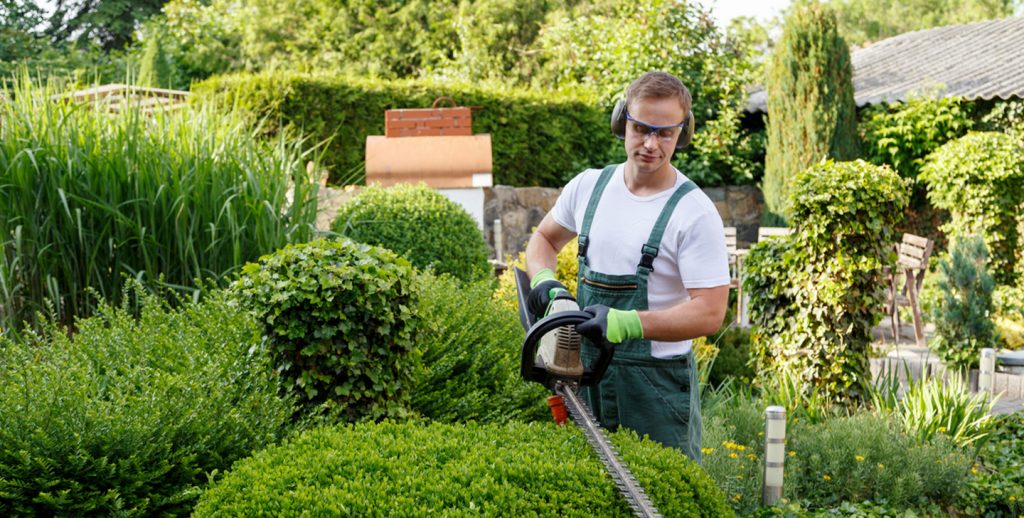When it comes to creating a stunning and functional outdoor space, homeowners often find themselves navigating the detailed world of landscape design. At the heart of this process lies a pair of essential elements: hardscape design and softscape design. Hardscaping refers to the non-plant elements in your landscape, like patios, walkways, and stone walls, in contrast softscape encompasses the flora aspects, such as plants, flowers, and trees. Striking the perfect harmony between these both elements can transform your yard into a stunning oasis that demonstrates your personal style while serving your lifestyle needs.
Understanding the specific benefits of both hardscape design and softscape design is important for maximizing the potential of your outdoor space. Expert landscapers can provide useful insights and help avoid common mistakes that home improvers often encounter. From increasing property value to improving aesthetic appeal, the right approach to landscaping can offer lasting rewards. As we investigate the art of balancing hardscaping and softscaping, we will look into effective tips and advice that will allow you to cultivate a yard you can be proud of, while also considering eco-friendly practices that benefit the environment.
Exploring the Importance of Professional Landscaping
Considering professional landscaping can greatly enhance the charm and usability of your land. A thoughtfully crafted landscape not just improves the aesthetic of your home or business but additionally contributes to your entire quality of life. Expert landscapers have the expertise to create breathtaking designs that feature hardscaping elements like patios, paths, and al fresco dining areas, seamlessly blending them with softscaping features such as gardens and grassy areas. This blend is crucial to creating welcoming outdoor spaces that are simultaneously aesthetically pleasing and practical.
One of the key advantages of engaging a landscaping service is the specialized expertise they offer. Experts understand the specific needs of your property, including soil composition, weather patterns, and the ideal plant selections for your area. They can also recognize common landscaping errors that residents often make, helping you avoid costly errors that could detract from your landscape's appeal. By harnessing their skills, you can ensure a unified design that boosts your land's appeal.

In addition, expert landscaping is a wise investment when it comes to enhancing the value of your home. Studies indicates that properly cared for landscapes can add significant worth to houses and commercial properties. In many cases, a carefully landscaped property can see a return on investment of up to 15% or higher. This boost not only makes your property more desirable to interested purchasers but also makes it stand out in a competitive market. By making the commitment to invest in professional landscaping, you are positioned to reap lasting rewards, both in enjoyment and profit.
Key Lawn Maintenance Techniques
To keep a healthy lawn, regular mowing is crucial. Keeping your grass at the appropriate height encourages vigorous growth and thickens the turf. Mowing your lawn when it’s dry allows for neat cuts and limits stress on the plants. Aim to mow at https://groundsmaintenance-yorkshire.co.uk/ during the warmer months to encourage more extensive root growth and shade the soil, which helps preserve moisture and limit weeds.
Watering is another vital element in lawn care. Established lawns generally require about 1 inch of water per week, including rainfall, to stay healthy. It is ideal to water early in the morning or late in the evening to lessen evaporation. Using a sprinkler system with a timer can ensure your lawn receives consistent moisture without overwatering, which can lead to issues like mold and shallow root systems.
Nutrient application is essential for supplying your lawn with the nutrients it demands to thrive. A well-rounded fertilizer applied at the appropriate times of the year can enhance growth and color. Early spring and fall are ideal for applying fertilizer, as the grass eagerly grows during these periods. Make sure to comply with the manufacturer’s guidelines to avoid over-fertilizing, which can harm the environment and your lawn’s health.
Eco-Friendly Landscaping Solutions
Utilizing green landscaping solutions is crucial for designing sustainable outdoor spaces that flourish while minimizing ecological impact. Using indigenous plants is a fundamental approach, as these species are perfectly suited to local environments and require less irrigation and maintenance. By opting for native vegetation, homeowners can diminish their reliance on chemical nutrients and pesticides, building a healthier ecosystem that supports local wildlife, particularly pollinators.
An additional successful approach is implementing xeriscaping, which centers on designing a landscape that requires minimal watering. By choosing drought-resistant plants and employing efficient irrigation methods, homeowners can save water while keeping a stylish and lively yard. Mulching flower beds and gardens also enhances water retention in the soil, reducing the need for regular watering and boosting the overall health of the garden area.
Lastly, integrating hardscaping features like porous patios and walkways contributes to sustainable landscaping by promoting proper drainage and reducing runoff. These elements not only improve the aesthetic appeal of the outdoor area but also reduce erosion and water pooling problems. By adopting these sustainable landscaping practices, homeowners can create a harmony between aesthetics and environmental stewardship, resulting in improved properties and communities.
